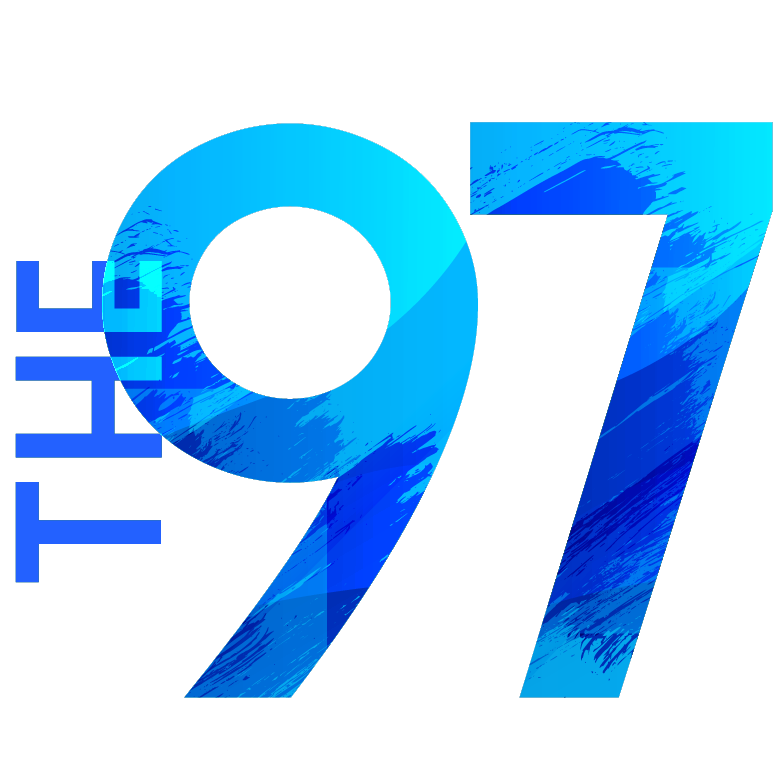After the trifecta of “Vision of Love”, “Love Takes Time” and “Someday” all soaring to number one from her debut album, Mariah Carey finished out the US promotion of her first body of work with the slow-burning, intense-climaxing “I Don’t Wanna Cry.” The song went on to be Carey’s fourth consecutive number one single, and made Carey the first artist since the Jackson 5 to have their first four singles hit number one in the United States.
I Don’t Wanna
Carey has stated in a currently un-receipt-able MTV interview that she is not a fan of “I Don’t Wanna Cry.” Like many of the songs on her debut she campaigned to co-produce it and was shot down by her label, Columbia Records. Perhaps as a result, there were apparent clashes in the studio between her and the producer/co-writer. That producer and co-writer, is the now-legendary Narada Michael Walden.
He was responsible for helping revive one of Carey’s idols, Aretha Franklin’s career. Together in mid-80’s Aretha & Narada unleashed “Freeway Of Love” and Franklin’s second/most recent number one “I Knew You Were Waiting (For Me)” (a duet with another Carey favorite, George Michael). Walden’s place in music is also cemented for his work with Whitney Houston. Narada is responsible for now-classics “How Will I Know”, “I Want To Dance with Somebody (Who Loves Me)”, and “So Emotional.” Considering Carey’s musical inspirations, pairing her with Walden’s seemed like a no-brainer at the time to the label. There have also been murmurs that Mariah would have preferred to continue working with Ben Marguiles. Mariah and Ben worked with exclusively on her demo tape and debut album up until this point.
Collaborating with Narada
Walden also provided additional production on Carey’s debut single “Vision of Love”, as well as “There’s Got To Be A Way”. Despite the reports that they clashed in the studio, Narada recalled the situation to Fred Bronson in The Billboard Book of #1 Hits with a positive spin:
“Mariah is very astute in the studio, very picky. I don’t mean to make it sound like a negative; for her, it’s a positive, because she knows she wants to hear herself sound a certain way. For example, there’s a lick on ‘I Don’t Wanna Cry’ that I was really happy with, and I think at first she was, too. But after she lived with it, she wanted us to fix it. I don’t even know if we fixed it two or three times, but I had to fly the tape back to her in New York. She went in the studio, fixed that lick, and added other stuff onto it. I called her back and said, ‘Look, I used your new lick on that one thing because you like it, but the other stuff you’re adding on, you really don’t need.’ Then she gave in.
He also compared working with Mariah to his experience with George Michael. He remembers having to make both of them stop singing, because they would just go in and re-sing over and over again. However, he understands why she was so meticulous. It was her debut album, and “she really wanted it to be special (Bronson).”
A Standard Mariah Ballad
The song itself reads now reads like a standard Mariah ballad. It tells the story of love on the outs, and features an acoustic guitar-driven instrumentation. That guitar could be seen as a precursor to a few Toni Braxton hits (“Un-Break My Heart,” “Spanish Guitar”), as well as Carey’s own future #1 “My All” and album cut “Thanx 4 Nothin’.” She sings of her diminishing relationship as she flexes her vocal control. This all leads up to the song’s epic crescendo, where she vocally lets loose and drives home the song. It also lines up well with sounds of the time. “I Don’t Wanna Cry” could very easily have been a hit for the likes of Whitney Houston, had Mariah narrowed her musical expressions to strictly to songwriting.
Walden’s intention for working on “I Don’t Wanna Cry” with Carey was to evoke the nostalgia of slowed down, gut-wrenching moments in music such as Percy Sledge’s “When A Man Loves A Woman” and Chuck Jackson’s “I Don’t Want To Cry.” Pair that big-ballad mentality with Walden’s at-the-time signature drums, and the result was destined to reach the heights it did. Critical reception for “I Don’t Wanna Cry” was overall positive, most notably being called the best track on her debut by a reviewer from Rolling Stone.
Video And Live
The video for “I Don’t Wanna Cry” features Carey lamenting her wavering love in and around a midwestern home and in the presumed property prominently featuring a maize. There were several alternating versions of the video that floated around over the years. Carey performed the song live while on her Daydream Tour in 1996. To the knowledge of most she only performed the song again upon the inception of her #1 To Infinity show in Las Vegas, where she sings it during every show.
Legacy
“I Don’t Wanna Cry” may hold a less-than-dignified place in Carey’s mind. In the hearts of the fans it may not rank as high as hits such as “Honey,” “Vision Of Love,” and “We Belong Together.” Historians of music may find themselves sweeping it under the floor. Regardless, the detractors can only take so much from this song. It reached number one, planting Carey in a historical position next to the Jackson 5. Plus, it captivated the attention of the radio-driven US population, even if only for two weeks.
Stream Mariah Carey’s “I Don’t Wanna Cry”
Read our other pieces exploring Mariah’s historic number one records.







